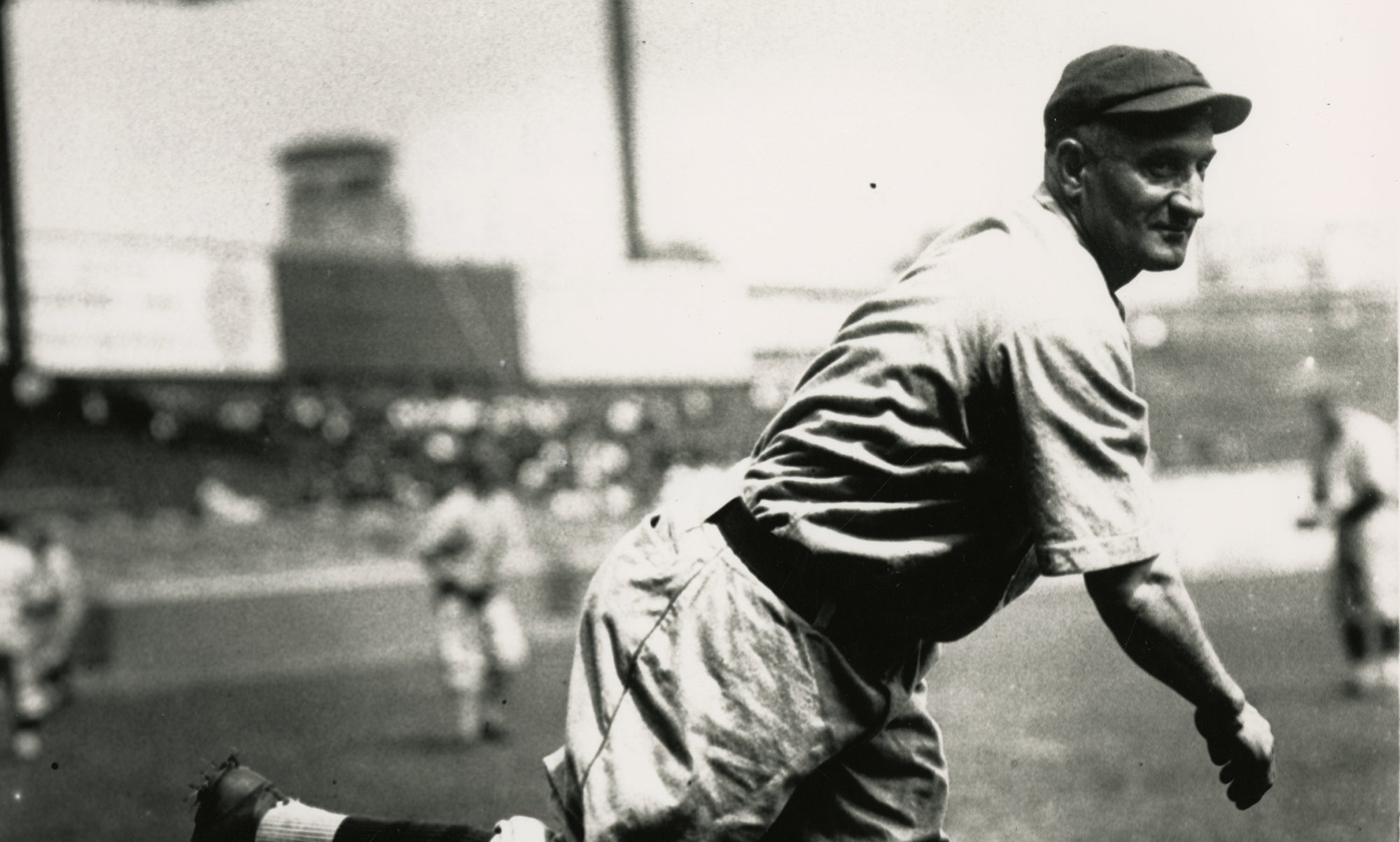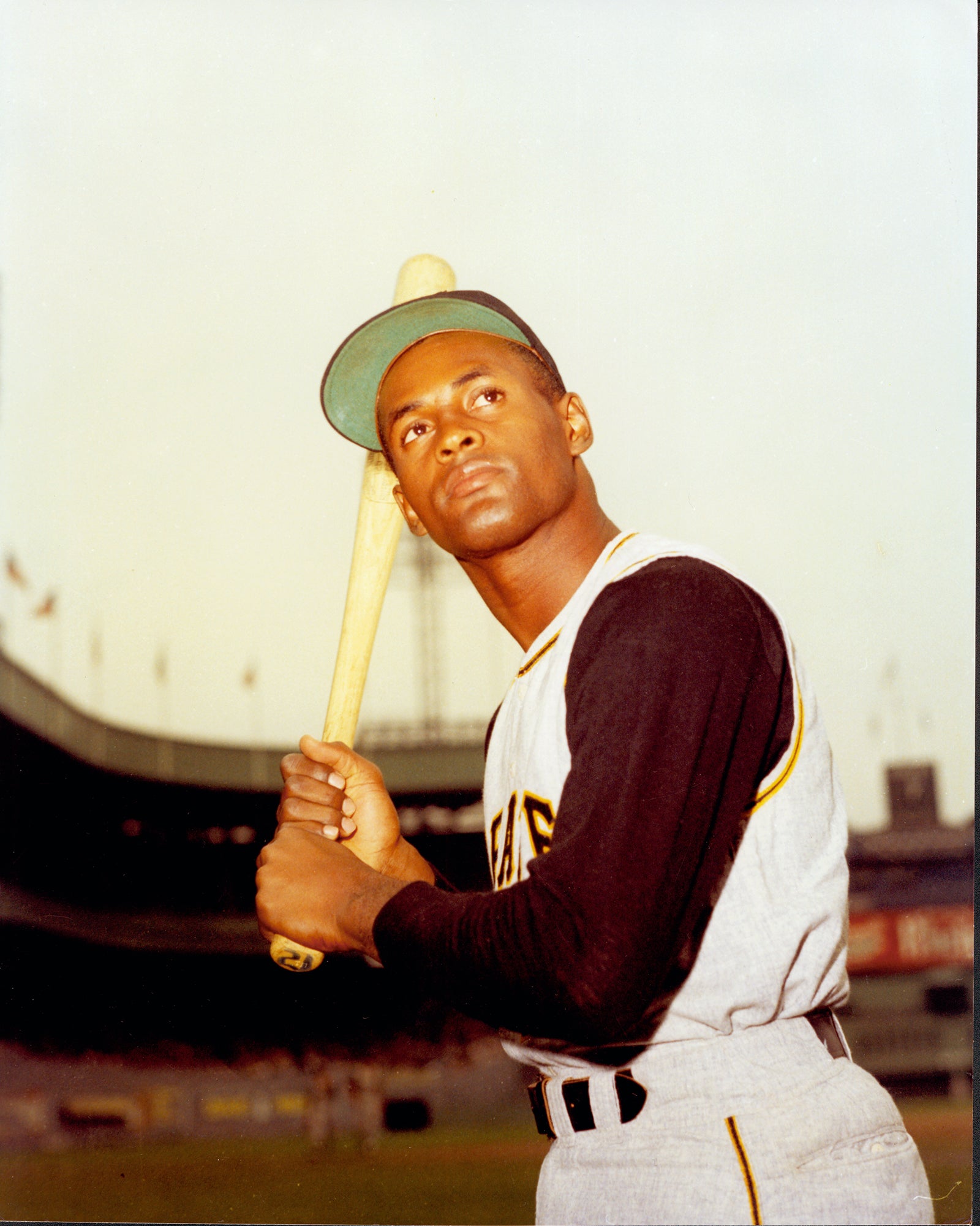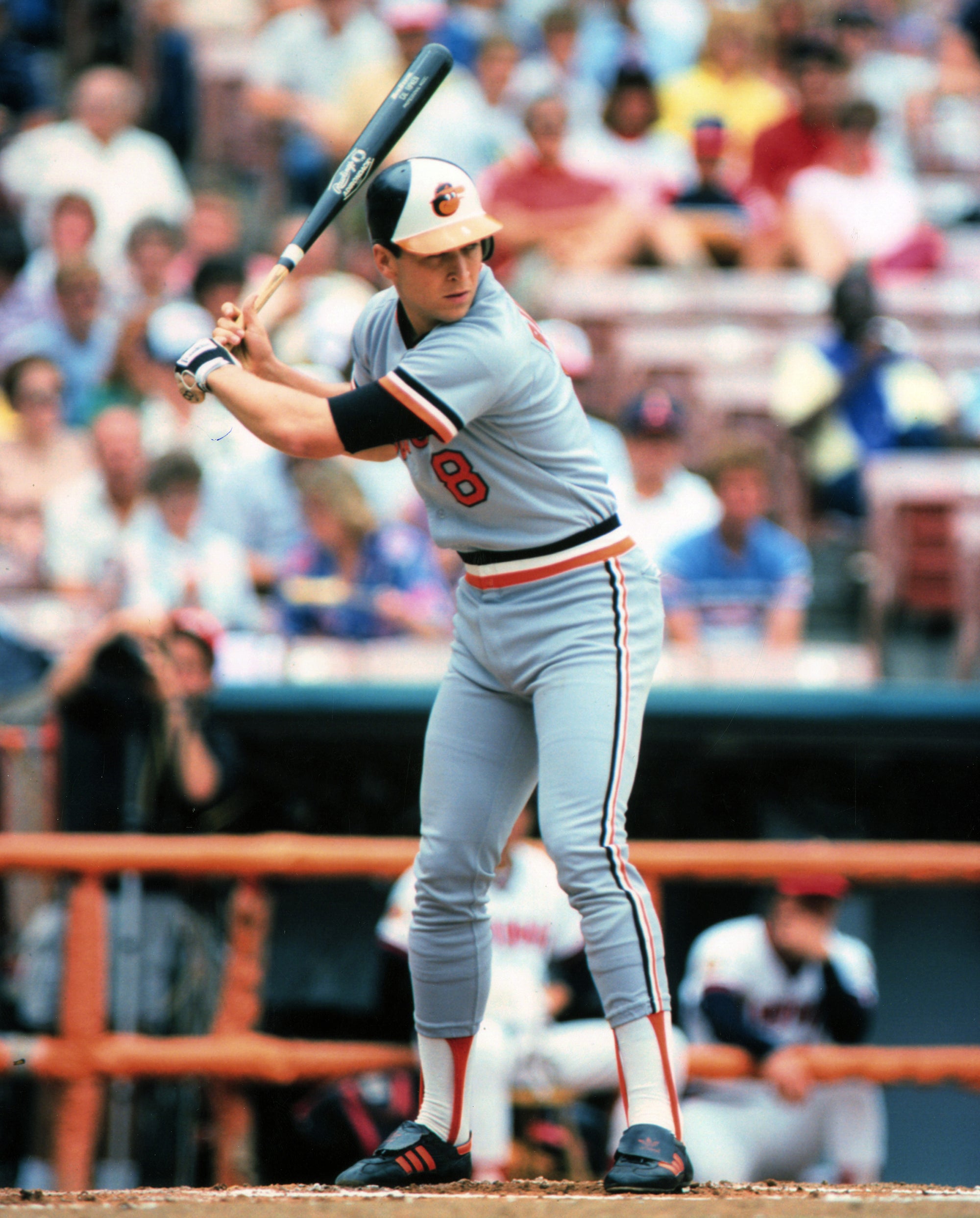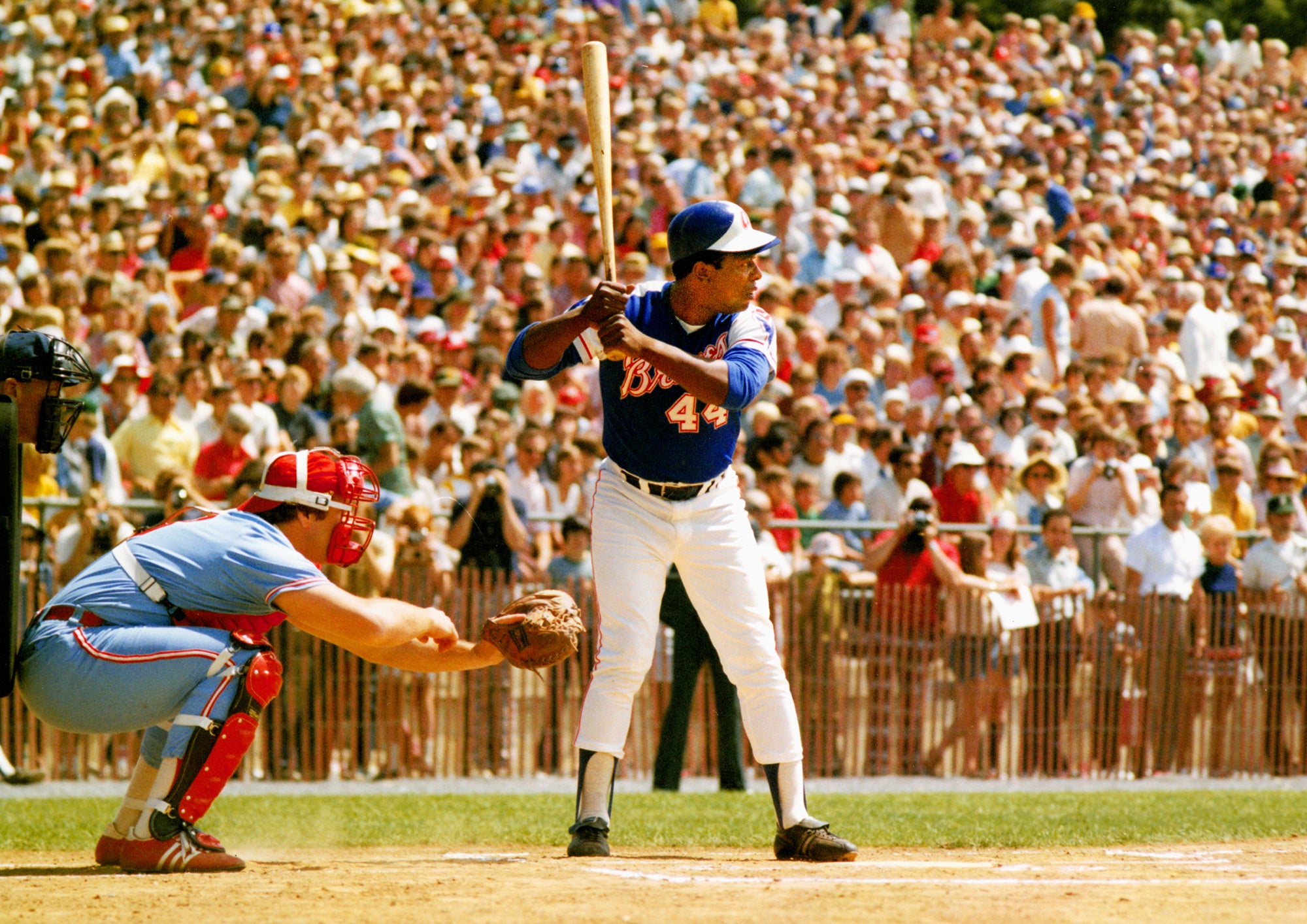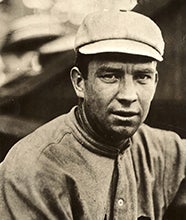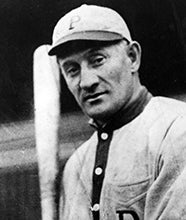- Home
- Our Stories
- Sam Crawford and the quest for 3,000 hits
Sam Crawford and the quest for 3,000 hits
Sports sections across the country trumpeted the news in the spring of 1925 that longtime center fielder Tris Speaker had collected his 3,000th career hit, joining legends Ty Cobb, Cap Anson, Nap Lajoie, Honus Wagner and Sam Crawford as the sixth big leaguer to reach the historically significant milestone.
One problem.
The wire service story from nearly 100 years ago, which appeared nearly everywhere, from the Dayton (Ohio) Herald and the Grand Island (Neb.) Daily Independent to the El Paso (Texas) Herald and the Oakland (Calif.) Tribune, was wrong. Crawford, by then retired, had not, in fact, collected 3,000 career safeties. Though “Wahoo Sam” was ever so close to the cherished mark, he ended his career before he could accomplish this one long-stated goal.
On May 17, 1925, Speaker, the star outfielder and skipper of the Cleveland Indians, had singled in the ninth inning – his third hit of the day – for his 3,000th career hit in a 2-1 loss to the visiting Washington Senators. Tom Zachary, the pitcher who served up The Grey Eagle’s historic hit, would also serve up Babe Ruth’s 60th home run two years later.
Why the writer of the Associated Press story on Speaker’s feat included Crawford among the few luminaries at that point in the sport’s early history with 3,000 hits is unknown today. Nonetheless, Crawford, a native of Wahoo, Neb., longed for the milestone for a number of years.
Official Hall of Fame Merchandise
Hall of Fame Members receive 10% off and FREE standard shipping on all Hall of Fame online store purchases.
“One July afternoon many years ago some player on the bench happened to mention Pop Anson and his remarkable record. The fact was brought out that the famous old slugger was the only player who had ever made 3,000 hits,” penned Crawford in an August 1917 piece for Baseball Magazine. “It seemed a staggering total. I was fairly swamped by it. But then and there the idea crystalized in my mind that someday in the far-off future I, too, would like to register my 3,000th hit.
“I will not say that I deliberately set about to accomplish that seemingly impossible feat. It would have been foolish to make any such mental reservation in a game so uncertain as baseball. But I will admit that it has been my chief ambition for a good many years to make 3,000 hits. And as the passing of each season has brought me nearer the goal I have thought more and more upon that particular afternoon to come when I would meet the ball fairly and rap out a good clean drive for a complete score of 3,000 safeties.”
Crawford, a star right fielder at the turn of the 20th century, spent his first four seasons with the Reds before joining the upstart American League’s Detroit Tigers for more than a decade before playing his final big-league season in 1917. Though he was overshadowed by Motor City teammate Ty Cobb for their 13 seasons together, the Class of 1957 Hall of Famer ended his career with an impressive 2,961 hits, a record 309 triples, and a .309 batting average.
“He is the most dangerous batter I have to pitch against,” said Walter Johnson, the legendary right-handed pitcher with the Washington Senators, in a 1915 newspaper article. “In some of my games he has had perfect batting records. I cite it to show that pitchers have nothing mysterious on the ball when Crawford is waiting at the plate.”
Called a model citizen and much admired, junior circuit pitchers and fielders long held the belief that Crawford hit the ball harder than any other man in the game.
Tigers’ trainer Henry Tuthill reaffirmed much of what was speculated concerning Crawford in a 1915 interview: “I have never seen a more perfectly conditioned man than Crawford. He eats and sleeps regularly, and neither smokes nor drinks. He is a better man physically than most players 25 or 30 years old. He is always in condition. He never tries to overdo his training, preferring a slow and natural development. That is why Crawford always goes south in late January. Thus, he gets a month’s start, and in six weeks works off a winter’s surplus flesh while other players dry themselves out in two or three weeks.”
In 1915, his age 35 season, Crawford played his last full year, batting .299 while leading the AL with 19 three-baggers and 112 RBI.
“I believe I can reach the 3,500 mark; while realizing that about 700 hits stand between me and the mark, with five more good years I should do much toward slicing this difference and with a reasonable amount of luck I will eliminate it,” declared Crawford with a tone of quiet confidence in a January 1915 newspaper article.
That same campaign, Tigers manager Hughie Jennings said he believed the veteran outfielder was one of the most valuable players in the game.
“There hasn’t been an application for Crawford’s position since I started as manager of the Tigers in 1907,” Jennings said. “I do not expect to consider any prospects for several seasons. Judging by the way Sam is going now, he will be playing baseball when the game has forgotten me.”
Unfortunately, age soon caught up with Crawford and his final two seasons in the majors were as a part-time player. While he had 2,851 base hits after 1915, the late-career developments led the former star to doubt his chances of joining the 3,000-hit club. Collecting 3,000 hits was a long-held obsession with him, yearning to be in the class with Wagner, Lajoie and Anson, it eventually became clear he’d probably fall short.
Released by the Tigers after the 1917 – and needing only 39 hits to reach 3,000 – there was reported big league interest in his ballplaying services soon afterward, but instead he spent the last four seasons of his professional baseball life with the Pacific Coast League’s Los Angeles Angels, from 1918 to ’21.
It was after 1917, a season where Crawford had only 104 at-bats, that he opened up about his struggles at the end.
“Years ago, when Donie Bush joined the Detroit club, Cobb started ‘riding him,’” Crawford said. “I interfered and earned Ty’s dislike. During the winter of 1916, stories were sent out that my legs had gone back on me. I know I have slowed up some. Any player who has been in the game as long as I have is bound to lose some of his speed.
“When the 1916 season arrived, Cobb wanted [Harry] Heilmann to play outfield, but Heilmann wanted first base and a busher was sent to my old place. I wasn’t taken on Eastern trips.”
Speculation during the offseason prior to the 1918 season was the Cardinals had some interest in signing Crawford and continuing his quest for 3,000 hits. But after dispatching an emissary to interview Crawford and ascertain what he would work for, the response surprised Cardinals executive Branch Rickey.
“The answer was amazing,” Rickey said, “even conceding that Crawford is one of the really great stars of the national game. I might say that Crawford’s idea of his own worth is ludicrous. He expects a great deal more than we feel justified in paying.”
Today, there are 33 members of the 3,000-hit club – the most recent Miguel Cabrera of the Tigers on April 23, 2022. The player closest to the milestone is Hall of Famer Sam Rice, who retired after the 1934 season with 2,987 hits. Crawford is next with 2,961.
When Crawford wrote the piece for Baseball Magazine’s August 1917 issue, he didn’t realize his final major league hit had come on July 17 of that year. Which makes the final paragraph even more poignant.
“On most accounts I have no cause to complain,” he wrote. “Baseball has been good to me and I appreciate the fact. Neither have I any criticism of the management of our club. The management is after results and if those results can be better obtained by having someone in my shoes, why the management would be foolish not to follow that plan. I am not criticizing anybody nor anything except the unusual succession of events which have brought me so near the realization of my dreams and then threatened to leave me just short of its attainment. For I am not thru, I will not admit that I am thru. I can still hit that old baseball. I can still play the game up to major league standard. I can still get those 3,000 hits if only I have the chance.”
Crawford passed away in 1968 at the age of 88.
Bill Francis is the senior research and writing specialist at the National Baseball Hall of Fame and Museum



